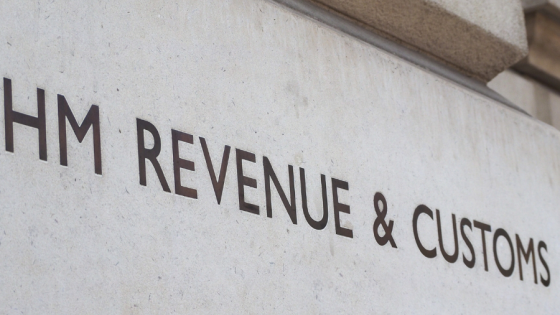VAT Option-To-Tax time limits and deadlines
7 Jul 2021
The option-to-tax (OTT) on land and buildings is always a complicated affair, but as with most things in life, it’s all about the timing.Categories & Tags
<b>What are the timing basics?</b>
• There is a 30-day election time limit that must be met when the decision to OTT has been made i.e. HMRC must be notified within this time frame.
• There are three OTT revocation opportunities, these being 6-months, 6-years, and 20-years. These windows of opportunity allow a second election to be made to remove the OTT, so that future property income or disposals are exempt from VAT again
<b>What needs to be done when notifying HMRC? </b>
<b>Election:</b> The notification of the decision to OTT is usually made by submitting form VAT1614A. HMRC will acknowledge the election in writing, and which should be retained as important evidence to support future VAT treatment on either renting out or selling the building. Please note, at the time of writing and due to the issues caused by Covid-19, the 30-day time limit has been temporarily extended to 90-days.
If the notification deadline is missed, it is possible to notify HMRC retrospectively, but only if the ‘decision’ stage has been carried out correctly. In other words, VAT is being charged on rent and input VAT on expenses is being claimed. In this situation, where it’s just a case of the notification not being made, a back-dated election will usually be accepted by HMRC, as long as evidence is provided e.g. a copy of a sales invoice charging VAT to tenants (see VAT Notice 742A para 4.2.1).
<b>Revoking:</b> As mentioned above, there are three separate times when an OTT may be revoked. There is a specific form that must be used when revoking an OTT and strict conditions need to be met. The form is VAT1614C.
• The 6-month window is treated as the ‘cooling-off’ period i.e. when a landlord realises an OTT election wasn’t the right thing to do.
• The 6-year window allows for an element of commerciality and decision making, especially if a property changes hands.
• The 20-year rule was introduced when the OTT tax rules came into force on 1 August 1989. This means the first revocations could have taken place on or after 1 August 2009, so there are many elections that may now be revoked by property landlords. This means that any future income would then be exempt from VAT, rather than standard rated.
<b>Buying and Selling</b>
It is usually the Buyer of a property who has the most interest in its VAT position and whether or not an OTT has been elected (and indeed if there is a revocation opportunity). It’s an important fact that it is the property itself that is subject to the OTT, not the person who made the election. To put it another way, the OTT election does not automatically end when a property is sold, or if that person de-registers from VAT. Their election remains in place, so this a an important consideration for the new owner of the property. And even if the Buyer can reclaim input tax on the purchase, they still have the cash flow disadvantage of paying VAT up-front, and paying Stamp Duty on the VAT inclusive price.
With many people buying commercial property through SIPPs nowadays, this would see the VAT reclaim amount locked in the pension fund. Fortunately, there are ways around this, for instance by ensuring the sale of the property is a Transfer of a Going Concern.
<b>Disapplication of OTT</b>
A disapplication of an OTT may apply in circumstances where a property, to be converted, is intended to be used as a residential dwelling or number of dwellings. This includes care homes, student accommodation or buildings for charitable purposes. The disapplication is achieved by submitting Form 1614D to HMRC. Where the purchaser intends to use the property for any of the purposes mentioned, they can issue a certificate to disapply the seller’s OTT on the building, such that the sale by the seller would then be exempt from VAT.
The disapplication is clearly beneficial to the purchaser in many ways, such as reducing Stamp Duty and assisting with cash flow. On the other hand, the seller must take careful consideration when accepting a disapplication from the purchaser. The seller cannot recover input VAT incurred on the transaction such as legal fees and estate agent fees. This will also affect the seller if they are disposing of the building within 10 years of purchase, upon which input VAT was recovered at the time. Such a scenario will trigger the Capital Goods Scheme (CGS) rules, and the seller will be required to repay some of the VAT previously recovered.
<b> If you’re thinking the OTT rules are, well, OTT, speak to us about why getting it right is so important!</b>
News & Resources

Accessing the HMRC mobile APP
More

Making a negligible value claim
More

Reporting expenses and benefits for the tax year ending 5 April 2024
More

Tax-free mileage expenses
More

Claim tax relief if working from home
More

Restarting a dormant or non-trading company
More

Incorporation and names guidance
More

Fuel Duty cut extended
More

